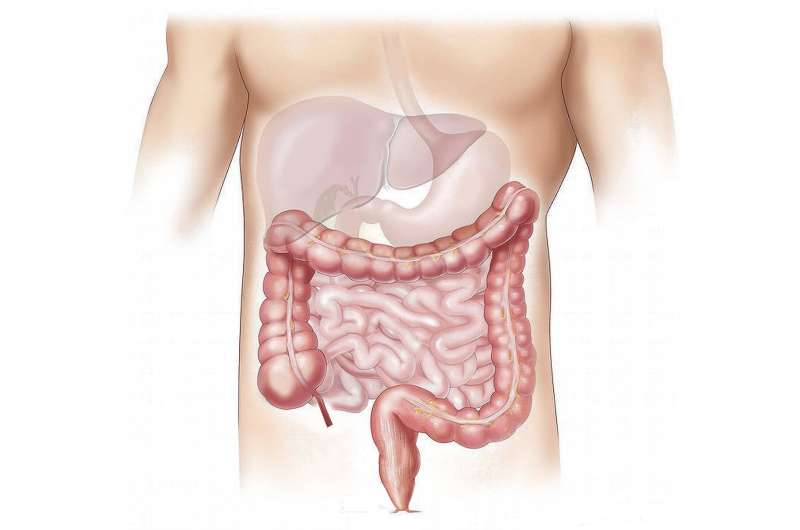Many Parents Find It Challenging to Allow Teen Independence During Family Travel, Says National Poll

A new national poll reveals many parents find it challenging to give teens independence during family vacations, emphasizing the importance of balancing safety and autonomy for adolescent development.
A recent nationwide survey highlights the difficulties parents face in granting their teenagers independence while on family vacations. The study, conducted by the University of Michigan's C.S. Mott Children's Hospital, reveals that fewer than half of parents are comfortable leaving their teens alone at hotels or while dining out. Additionally, one in five parents have never allowed their teens to be away from home during any trip or vacation.
The poll, which gathered responses from over 1,000 parents of teenagers in February, indicates a generational gap in perceptions of safety and trust. While many parents are confident their teens would follow rules when unsupervised, concerns about safety, risk of injuries, and stranger danger remain prominent. Notably, parents of girls tend to worry more about strangers and safety threats, whereas parents of boys are more concerned about reckless behavior.
Despite these worries, allowing teens a certain level of independence is vital for their development. It helps them build confidence, make decisions, and learn self-management skills essential for adulthood. Sarah Clark, MPH, emphasizes that these experiences can be safely integrated into family trips, serving as practical opportunities for teens to learn responsibility in low-risk settings like short walks to coffee shops or visiting amusement parks.
Parents often set rules such as checking in via phone, staying with friends or siblings, or limiting the areas where teens can go. Many also utilize phone tracking features for reassurance, highlighting the importance of open communication about safety measures. Clark suggests that parents educate teens about safety protocols, including basic first aid, responding to strangers, and establishing clear reconnect plans.
While two-thirds of parents feel confident their teens will adhere to rules when unsupervised, many still worry about accidents or injuries. Concerns are higher among parents of girls regarding stranger encounters, whereas parents of boys focus more on risky or inappropriate behaviors. Setting guidelines such as checking in, staying within designated areas, and practicing decision-making can help facilitate safe independence.
In conclusion, family vacations offer a valuable space for teens to gain independence gradually. Open, honest conversations about safety and expectations help balance freedom with protection, equipping teenagers with skills necessary for successful adulthood.
Stay Updated with Mia's Feed
Get the latest health & wellness insights delivered straight to your inbox.
Related Articles
Adopting a Healthy Lifestyle Significantly Reduces Diverticulitis Risk Regardless of Genetics
A large-scale study shows that a healthy lifestyle significantly reduces the risk of diverticulitis, regardless of genetic predisposition. Key factors include diet, exercise, smoking avoidance, and weight management.
Strategies for Employers to Encourage Physical Activity in the Workplace
Discover effective strategies for employers to promote physical activity among workers, enhancing health, productivity, and overall workplace wellness through evidence-based approaches.
Understanding the Impact of Hot Showers and Baths on Your Skin
Discover what happens to your skin during hot showers and baths, including effects on skin health, hydration, and how to care for your skin effectively while enjoying these routines.
Healthcare Experts Emphasize Lifestyle Adjustments Alongside GLP-1 Weight Loss Medications
Experts stress the importance of combining GLP-1 weight loss medications with healthy lifestyle changes, including proper diet and regular exercise, for sustainable results.



